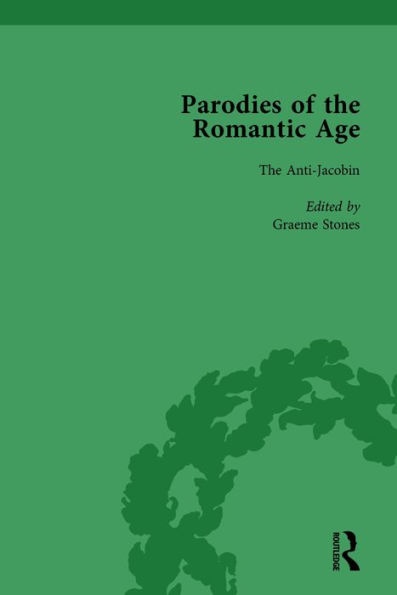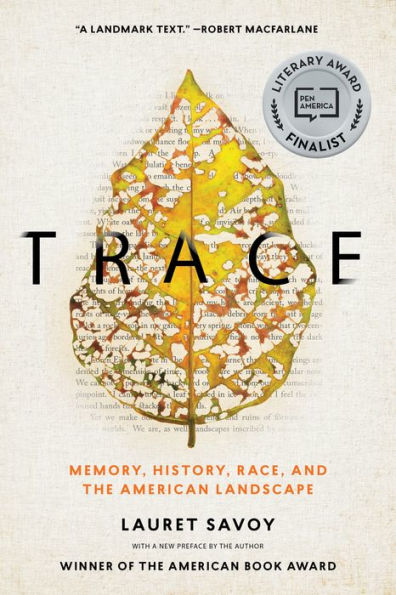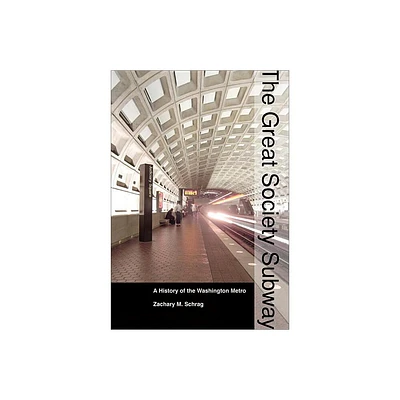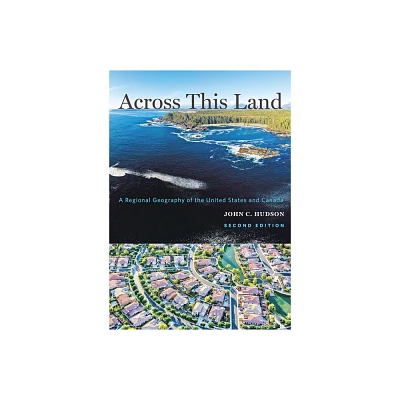Home
Landscape Gardens on the Hudson, a History: The Romantic Age, the Great Estates, and the Birth of American Landscape Architecture: Hyde Park, Sunnyside, Olana, Clermont, Lyndhurst, Montgomery Place, Locust Grove, Wilderstein, Springside, and Others
Loading Inventory...
Barnes and Noble
Landscape Gardens on the Hudson, a History: The Romantic Age, the Great Estates, and the Birth of American Landscape Architecture: Hyde Park, Sunnyside, Olana, Clermont, Lyndhurst, Montgomery Place, Locust Grove, Wilderstein, Springside, and Others
Current price: $24.95


Barnes and Noble
Landscape Gardens on the Hudson, a History: The Romantic Age, the Great Estates, and the Birth of American Landscape Architecture: Hyde Park, Sunnyside, Olana, Clermont, Lyndhurst, Montgomery Place, Locust Grove, Wilderstein, Springside, and Others
Current price: $24.95
Loading Inventory...
Size: OS
*Product Information may vary - to confirm product availability, pricing, and additional information please contact Barnes and Noble
"Landscape Gardens on the Hudson" is a new look at the golden age of grand designs and great estates, and features the designed historic landscapes of the Hudson River Valley: Hyde Park (Vanderbilt) • Sunnyside • Olana • Clermont • Lyndhurst • Montgomery Place • Locust Grove • Wilderstein • Springside • Idlewild • Blithewood • Millbrook • Kenwood • The Point • Philipse Manor • Van Cortlandt Manor • The Pastures (Schuyler Mansion) & others. These are some of the most significant designed 18th- and 19th-century landscapes in America, and "landscape Gardens on the Hudson" is the first comprehensive study of the development of these landscapes and the important role they played in the cultural underpinnings of the young United States—a legacy that continues today with the design of America’s urban parks and nearly every rural or suburban home.
This garden design work stands at the center of historic events that decisively shaped the concept of scenic beauty in America and became a core value of the American dream. Fueled by sympathetic political, religious and nationalistic principles, America’s cultural aspirations joined with the nation’s physical assets, the landscape, to achieve a distinctive artistic expression. Most famously, this aesthetic found expression in the landscape paintings of the Hudson River School artists. Less well known is how this aesthetic determined the way Americans transformed the natural world around them.
This romantic sensibility expressed itself along the Hudson in the “Picturesque” landscape design approach, wherein art is hidden so that a fully natural and vernacular expression could prevail. These thoughts were exemplified at Washington Irving’s Sunnyside and other cottage-style properties, and it reached a magnificent aesthetic crescendo with Olana, the unique and famed landscape creation by renowned Hudson River School painter Frederic Edwin Church. Olana has been rightly called by a recent commentator “one of the most perfectly realized Romantic landscape gardens in the world.”
First, the predominantly English history of landscape gardening is traced as a prelude to landscape gardening in America. Then, the evolution of landscape design in New York’s long colonial period is described at such historic sites as Philipse Manor (Yonkers), Livingston Manor (Clermont), Van Cortlandt Manor (Croton), and Schuyler House (Albany).
After the Revolutionary War, with the blossoming of the Romantic period, landscape gardening achieved a regional culmination in the Hudson Valley that was unique in America. A dozen of the finest examples on the Hudson are presented in this book. The history and design of such well-known historic properties as David Hosack’s Hyde Park (today’s Vanderbilt Mansion NHS), Irving’s Sunnyside, the Livingstons’ Montgomery Place, Samuel F. B. Morse’s Locust Grove, and Frederic Church's Olana are interpreted not as historic houses alone, but as landscape garden compositions.
The historical commentary of Andrew Jackson Downing (1815–1852) is included at each site visited. Downing was a Hudson Valley native and America’s leading landscape gardener in the antebellum years. His protégé, Calvert Vaux, coined the term “landscape architect” and later teamed with Frederick Olmsted on the design of Central Park (1858), a triumph of romantic landscape design and the inspiration for nearly every American public park created in the subsequent 150 years.
The text is illustrated with over 140 period and contemporary images, including plans, photographs, bird’s-eye views, paintings and engravings, many in color.
This garden design work stands at the center of historic events that decisively shaped the concept of scenic beauty in America and became a core value of the American dream. Fueled by sympathetic political, religious and nationalistic principles, America’s cultural aspirations joined with the nation’s physical assets, the landscape, to achieve a distinctive artistic expression. Most famously, this aesthetic found expression in the landscape paintings of the Hudson River School artists. Less well known is how this aesthetic determined the way Americans transformed the natural world around them.
This romantic sensibility expressed itself along the Hudson in the “Picturesque” landscape design approach, wherein art is hidden so that a fully natural and vernacular expression could prevail. These thoughts were exemplified at Washington Irving’s Sunnyside and other cottage-style properties, and it reached a magnificent aesthetic crescendo with Olana, the unique and famed landscape creation by renowned Hudson River School painter Frederic Edwin Church. Olana has been rightly called by a recent commentator “one of the most perfectly realized Romantic landscape gardens in the world.”
First, the predominantly English history of landscape gardening is traced as a prelude to landscape gardening in America. Then, the evolution of landscape design in New York’s long colonial period is described at such historic sites as Philipse Manor (Yonkers), Livingston Manor (Clermont), Van Cortlandt Manor (Croton), and Schuyler House (Albany).
After the Revolutionary War, with the blossoming of the Romantic period, landscape gardening achieved a regional culmination in the Hudson Valley that was unique in America. A dozen of the finest examples on the Hudson are presented in this book. The history and design of such well-known historic properties as David Hosack’s Hyde Park (today’s Vanderbilt Mansion NHS), Irving’s Sunnyside, the Livingstons’ Montgomery Place, Samuel F. B. Morse’s Locust Grove, and Frederic Church's Olana are interpreted not as historic houses alone, but as landscape garden compositions.
The historical commentary of Andrew Jackson Downing (1815–1852) is included at each site visited. Downing was a Hudson Valley native and America’s leading landscape gardener in the antebellum years. His protégé, Calvert Vaux, coined the term “landscape architect” and later teamed with Frederick Olmsted on the design of Central Park (1858), a triumph of romantic landscape design and the inspiration for nearly every American public park created in the subsequent 150 years.
The text is illustrated with over 140 period and contemporary images, including plans, photographs, bird’s-eye views, paintings and engravings, many in color.












